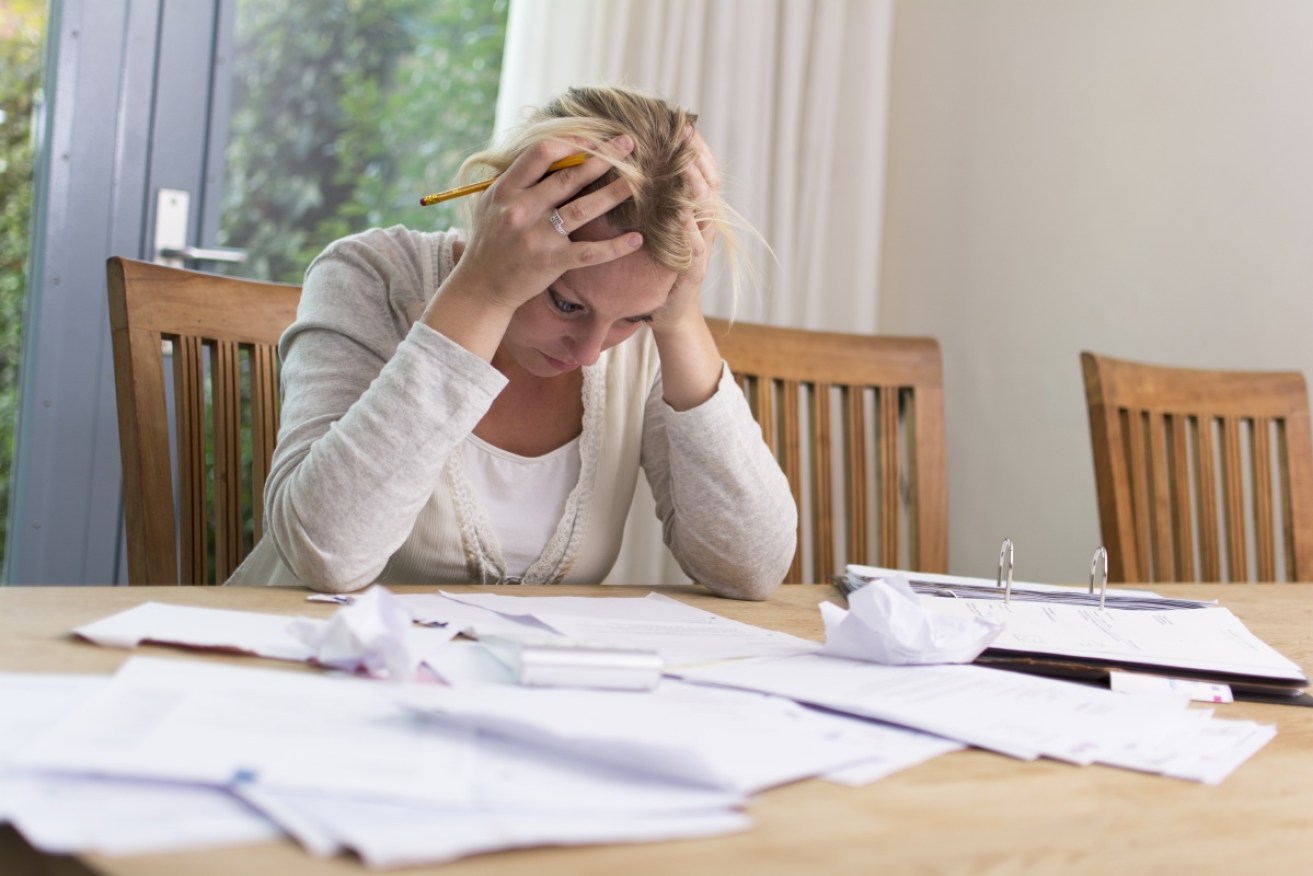How to escape the perpetual debt trap

Shutterstock
Are you drowning in debt? Or is it just lapping at your ankles? Chances are, however well you manage your money, you’d like to owe the bank less.
You’re probably not alone, with many Australians stuck on the endless merry-go-round of debt that keeps piling up.
David Bergman, chief financial officer with the Australian Financial Security Authority, deals regularly with people who go bankrupt.
He says the bulk of them are on relatively low-incomes and debts normally derive from credit cards and personal loans.
• The secrets of successful savers revealed
• How Tracey Spicer got smart about money
• Ten ways to trick yourself into saving money
ASFA figures from recent years show 75 per cent of people who go bankrupt earn less than $60,000 a year, yet the majority of their debts range from $20,000 to $100,000.
“It kind of begs the question how did that happen?” Mr Bergman says.
“What it looks like is there’s a lot of people who take advantage of things like credit card transfers and try to consolidate their debt but don’t actually do anything to reduce it.”
Mr Bergman says triggers to bankruptcy include loss of employment or income.
While rising debt is an issue for many, there are small steps people can take to reduce their risk.
Face up to the problem
Jason Cunningham, founder of financial services firm The Practice, says admitting you have a debt problem is the hardest step.
“It can be tempting to bury your head in the sand, especially as the bills pile up, but you need to be clear on exactly where you stand,” he says. 
“Draw up a list of all your debts so you are clear on your position.”
Create a budget
Mr Cunningham says people facing financial pressures need to draw up a budget that outlines their spending and identifies solutions to free up income to put towards paying off debt.
He suggests paying off the smallest debt first to give yourself a psychological confidence boost.
Michelle Hutchison, money expert at comparison website finder.com.au, encourages analysing each pay cheque and reviewing how much money is going in and how much is going out.
“You can look at how much you’re spending, how much debts you have, and how much you’re saving, and then make a decision on whether it’s going to be sustainable or make things worse.”
Take action
Mr Cunningham advises taking action early as possible.
“Interest is the real killer with debts, especially credit cards,” he says. 
“When things go pear-shaped the temptation is to ignore it and hope it goes away. But with credit card interest your debt can quickly get out of hand.”
Ms Hutchison says it’s essential people begin paying more than the minimum amount required to start slashing their debt.
“If you have a credit card and you’re making the minimum repayments you’ll be potentially paying off that debt for the next 40 years for as little as a five thousand dollar debt.”
Ask for help
The impact of bankruptcy can be quite profound.
If you’re unfortunate enough to declare bankruptcy you’ll be placed on a public register of insolvency and your credit record will be tainted.
If you earn more than $50,000 after tax you will be required to make contributions to pay back creditors.
To avoid the fall, Mr Bergman says people need to take stock of their finances and access free financial counselling services.
“The key thing is to act early. If you see yourself getting into financial trouble then talk to your creditors or go and see a financial counsellor who can help you.
“Don’t assume that taking on more debt to pay off your existing debt is really going to help you in the long run.”








